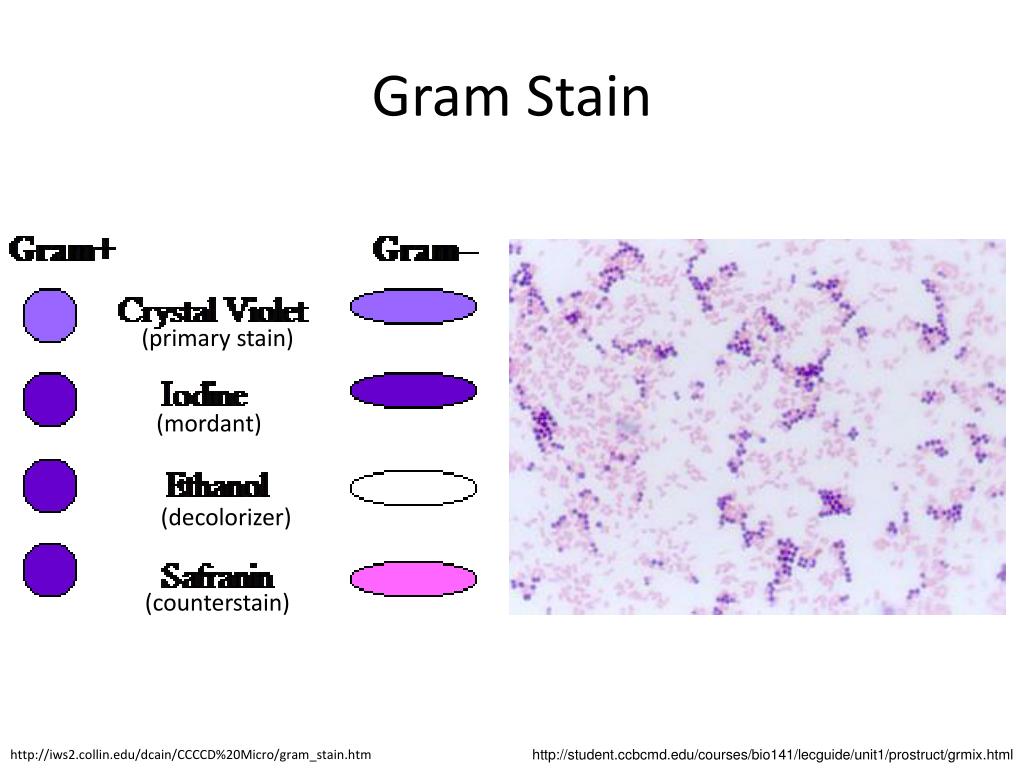

These are not essential but modify the behaviour in some fashion. In addition to these three items, other ingredients may be added. The variations are, at times, almost contradictory and make the underlying principles on which these solutions are based difficult to make clear.Īt its minimum, there are three items needed to produce an effective nuclear staining alum hematoxylin. They vary in the amount of hematoxylin, the amount and type of aluminum salts, solvents, oxidizing agents and stabilisers. This site, for instance, lists more than 50 hemalum solutions. Such solutions usually contain hematoxylin and an alum, and are called hemalum or alum hematoxylin solutions. We are trying our best to make this site user-friendly and resourceful with timely/updated information about each pathogen, disease caused by them, pathogenesis, and laboratory diagnosis.Probably the single most commonly used dye in histotechnology is hematoxylin or hematein, mostly used to demonstrate nuclear morphology. This blog shares information and resources about pathogenic bacteria, viruses, fungi, and parasites. is an online guidebook on Microbiology, precisely speaking, Medical Microbiology. Observe the slide and note the following: The precipitate from the stain is primarily on the slide rather than the cover slip. Focusing the microscope on the cells attached to the coverslip rather than the cells attached to the slide facilitates visualization of the flagella.Cells with flagella may be observed at 100× (oil) in the zone of optimum stain concentration, about half way from the edge of the coverslip to the center of the mount.After 5 to 10 minutes at room temperature, examine the cells for flagella.The final stain was prepared by mixing 1 part solution Il with 10 parts solution I and then filtering the mixture through filter paper to remove coarse precipitate) Solution II, the stain, is a saturated ethanolic solution of crystal violet (12 g in 100 ml of 95% ethanol). Solution I, the mordant, contains 10 ml of 5% aqueous solution of phenol, 2 g of tannic acid, and 10 ml of saturated aqueous solution of aluminum potassium sulfate-12 hydrate. ( Note: The Ryu stain has two components. Small air pockets around the edge of the wet mount are useful in aiding the capillary action. The stain will flow by capillary action and mix with the cell suspension. Apply 2 drops of RYU flagella stain gently to the edge of the cover slip.This allows time for the bacterial cells to adhere to either the glass slide or the cover slip. If motile cells are seen, leave the slide at room temperature for 5 to10 minutes.If motile cells are not seen, do not proceed with the stain. Examine the slide immediately under 40× to 50× for motile cells.Small air spaces around the edge are preferable. A proper wet mount has barely enough liquid to fill the space under a coverslip. Cover the faintly turbid drop of water on the slide with a coverslip.NOTE: Agitating the loop in the droplet of water on the slide causes the flagella to shear off the cell. Touch the loopful of motile cells to the drop of water on the slide.Touch the loopful of water to the colony margin briefly (this allows motile cells to swim into the droplet of water).Dip a sterile inoculating loop into the sterile water.Add a small drop of water to a microscope slide.Grow the organism to be stained at room temperature on blood agar for 16-24 hours.The preparations are not permanent because the stain precipitates as the wet mount dry. This technique is simple for routine use when the number and arrangement of flagella are critical in identifying species of motile bacteria. Dried-smear preparation (Leifson staining technique)Ī wet-mount technique for staining bacterial flagella is highly successful when a stable stain and regular slides and coverslips are used.Two techniques for staining flagella are in use: The number and arrangements of flagella are critical in identifying species of motile bacteria.

Staining bacterial flagella differs from staining other bacterial structures because it usually requires extraordinary care for the slides, stain, and cells. Flagellar stains are painstakingly prepared to coat the surface of the flagella with dye or a metal such as silver. Most motile bacteria possess flagella, the shape, number, and position of which are important characteristics in the differentiation of genera and species identification.


 0 kommentar(er)
0 kommentar(er)
